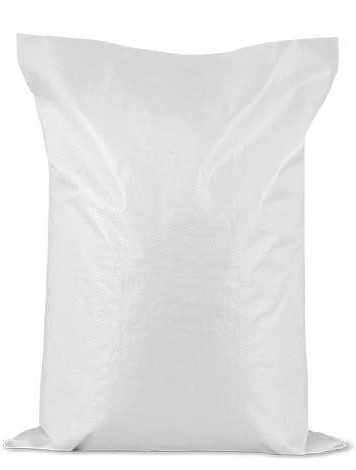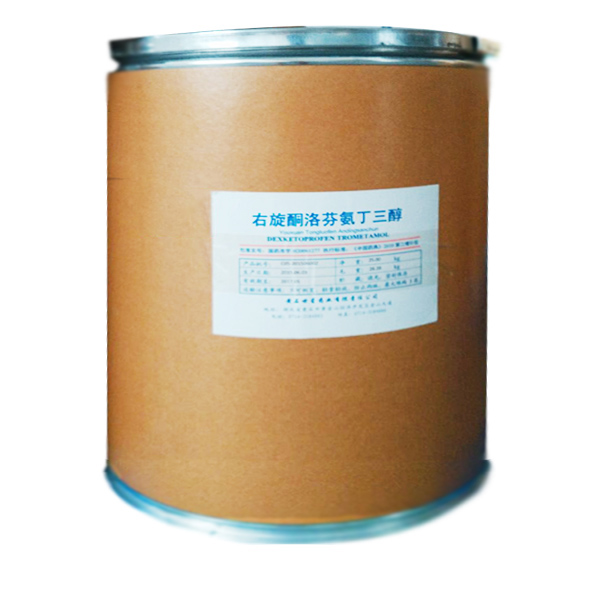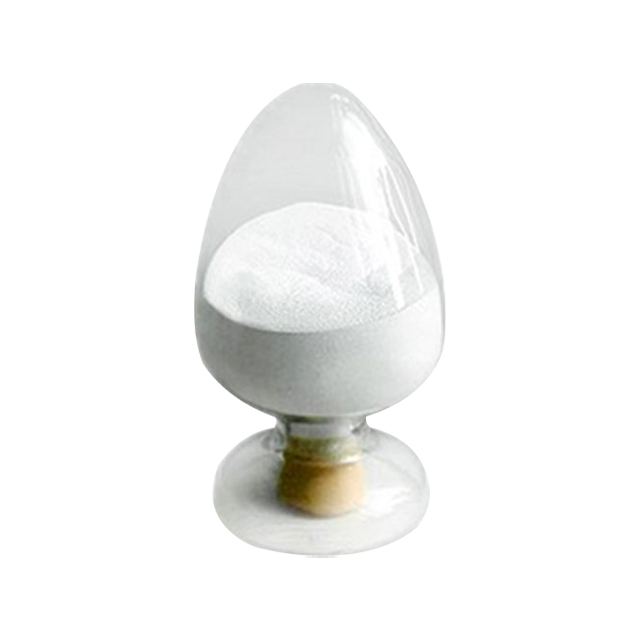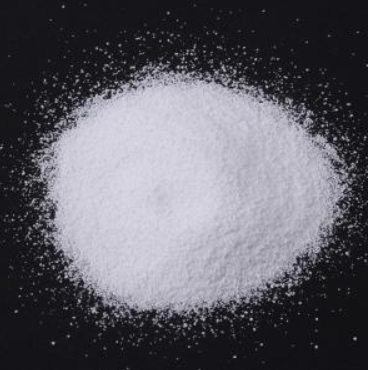Pharmaceutical Raw Materials
Veterinary API
Antiallergic Drugs
Hormones and Endocrine Drugs
Drug Metabolism
Pharmaceutical Intermediates
Synthetic Anti Infective Drugs
Specialty Drugs
Vitamins and Minerals Medicines
Feed Drug Additive
Antineoplastic Agents
Nervous System Drugs
Respiratory Drugs
Diagnostic Agents
Anti Stress Drugs
Antipyretic Analgesics
Antiparasitic Drugs
Circulatory System Drugs
Biochemicals
Blood System Drugs
Immune System Medication
Pharmaceutical Excipients
Fluid, Electrolyte, and Acid-Base Balance
Urinary System Drugs
Antibiotics
Anesthetic Agents
Inhibitors
Other Chemical Drugs
Digestive System Drugs
CAS:156-38-7
Molecular Formula:C8H8O3
Alias
More Information
Benzeneacetic Acid, 4-Hydroxy-; 2-(4-Hydroxyphenyl)Acetic Acid; P-Hydroxyphenylacetic Acid; (4-Hydroxyphenyl)Acetic Acid; 4-Hydroxyphenyl Acetic acid
Brief Introduction
Organic synthetic intermediate for production β- Synthesis of receptor blocker atenolol and 4,7-dihydroxyisoflavone, the active component of Puerarin daidzein; It can also be used as pesticide intermediate.
Suppliers
View More Vendors (2) >
CAS:156604-79-4
Molecular Formula:C20H25NO6
Alias
More Information
2-Amino-2-(Hydroxymethyl)Propane-1,3-diol,2-(3-Benzoylphenyl)Propanoic acid; (S)-Ketoprofen Trometamol; 2-Amino-2-(Hydroxymethyl)Propane-1,3-diol;2-(3-Benzoylphenyl)Propanoic acid; 2-Amino-2-(Hydroxymethyl)Propane-1,3-diol (S)-2-(3-Benzoylphenyl)Propanoate
Brief Introduction
This product can be used as nervous system medicine, food additives, intermediates, antipyretic analgesic class, pharmaceutical raw materials.
Suppliers
View More Vendors (2) >
CAS:15687-27-1
Molecular Formula:C13H18O2
Alias
More Information
Andran; 2-(4-Isobutylphenyl)Propionic Acid; Adran; Ip-82; 4-Isobutyl-α-Methylphenylacetic Acid; Advil; Dolgit; Brufen; Rufin; Rufen; Dolgin; Bluton; 2-(4-Isobutylphenyl)Propanoic Acid; (+/-)-2-(4-Isobutylphenyl)-Propionic Acid; 4-Isobutyl-Alpha-Methylphenylacetic Acid; Akos Ncg1-0060; (+/-)-Alpha-Methyl-4-(2-Methylpropyl)-Benzeneacetic Acid; Alpha-Methyl-4-[2-Methylpropyl]Benzeneacetic Acid; Alpha-Methyl-4-(Isobutyl)Phenylacetic Acid; [A-Methyl-4-Isobutyl]Phenylacetic Acid
Brief Introduction
Ibuprofen is a kind of antipyretic analgesic, non steroidal anti-inflammatory drug. This product has analgesic and anti-inflammatory effects by inhibiting cyclooxygenase and reducing prostaglandin synthesis; It is used to relieve mild to moderate pain such as headache, arthralgia, migraine, toothache, muscle pain, neuralgia and dysmenorrhea. It is also used for fever caused by common cold or influenza.
Suppliers
View More Vendors (2) >
CAS:198470-85-8
Molecular Formula:C19H17N2NaO4S
Alias
More Information
Rayzon; Parecoxib Sodium Salt; N-[4-(5-Methyl-3-Phenylisoxazol-4-Yl)Phenylsulfonyl]Propionamide, Sodium Salt; Dynastat; N-[[4-(5-Methyl-3-Phenyl-4-Isoxazolyl)Phenyl]Sulfonyl]Propanamide Sodium Salt; Propanamide,N-[[4-(5-Methyl-3-Phenyl-4-Isoxazolyl)Phenyl]Sulfonyl]-, Sodium Salt (1
Brief Introduction
Parecoxib Sodium is a water-soluble, injectable sodium salt form of parecoxib, an amide prodrug of the cyclooxygenase II (COX-2) selective, non-steroidal anti-inflammatory drug (NSAID) valdecoxib, with anti-inflammatory, analgesic, and antipyretic activities. Upon intravenous or intramuscular administration, parecoxib is hydrolyzed by hepatic carboxyesterases to its active form, valdecoxib. Valdecoxib selectively binds to and inhibits COX-2. This prevents the conversion of arachidonic acid into prostaglandins, which are involved in the regulation of pain, inflammation, and fever. This NSAID does not inhibit COX-1 at therapeutic concentrations and, therefore, does not interfere with blood coagulation.
Suppliers
View More Vendors (2) >
CAS:42461-84-7
Molecular Formula:C21H28F3N3O7
Alias
More Information
2-[[2-Methyl-3-(Trifluoromethyl)Phenyl]Amino]-3-Pyridinecarboxylic acid Meglumine salt Banamine; Banamine; 1-Deoxy-1-(Methylamino)-d-Glucito2-((2-Methyl-3-(Trifluoromethyl)Phenyl)am; Ino)-3-Pyridinecarboxylate(salt)
Brief Introduction
Flunixin meglumine is an organoammonium salt obtained by combining flunixin with one molar equivalent of 1-deoxy-1-(methylamino)-D-glucitol. A relatively potent non-narcotic, nonsteroidal analgesic with anti-inflammatory, anti-endotoxic and anti-pyretic properties; used in veterinary medicine for treatment of horses, cattle and pigs. It has a role as an antipyretic, a non-narcotic analgesic, a non-steroidal anti-inflammatory drug and an EC 1.14.99.1 (prostaglandin-endoperoxide synthase) inhibitor. It contains a flunixin(1-).
Suppliers
View More Vendors (2) >
Inquiry (
10
/ 10
)
Clear All
Sign In
Error!









